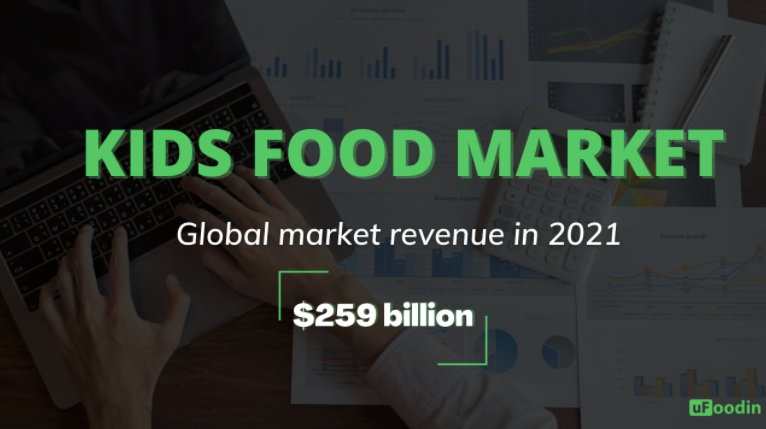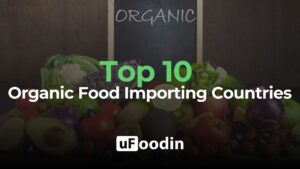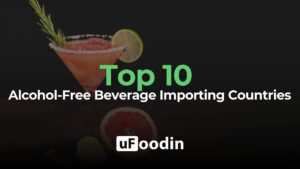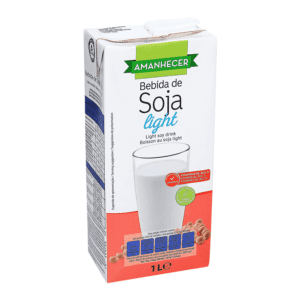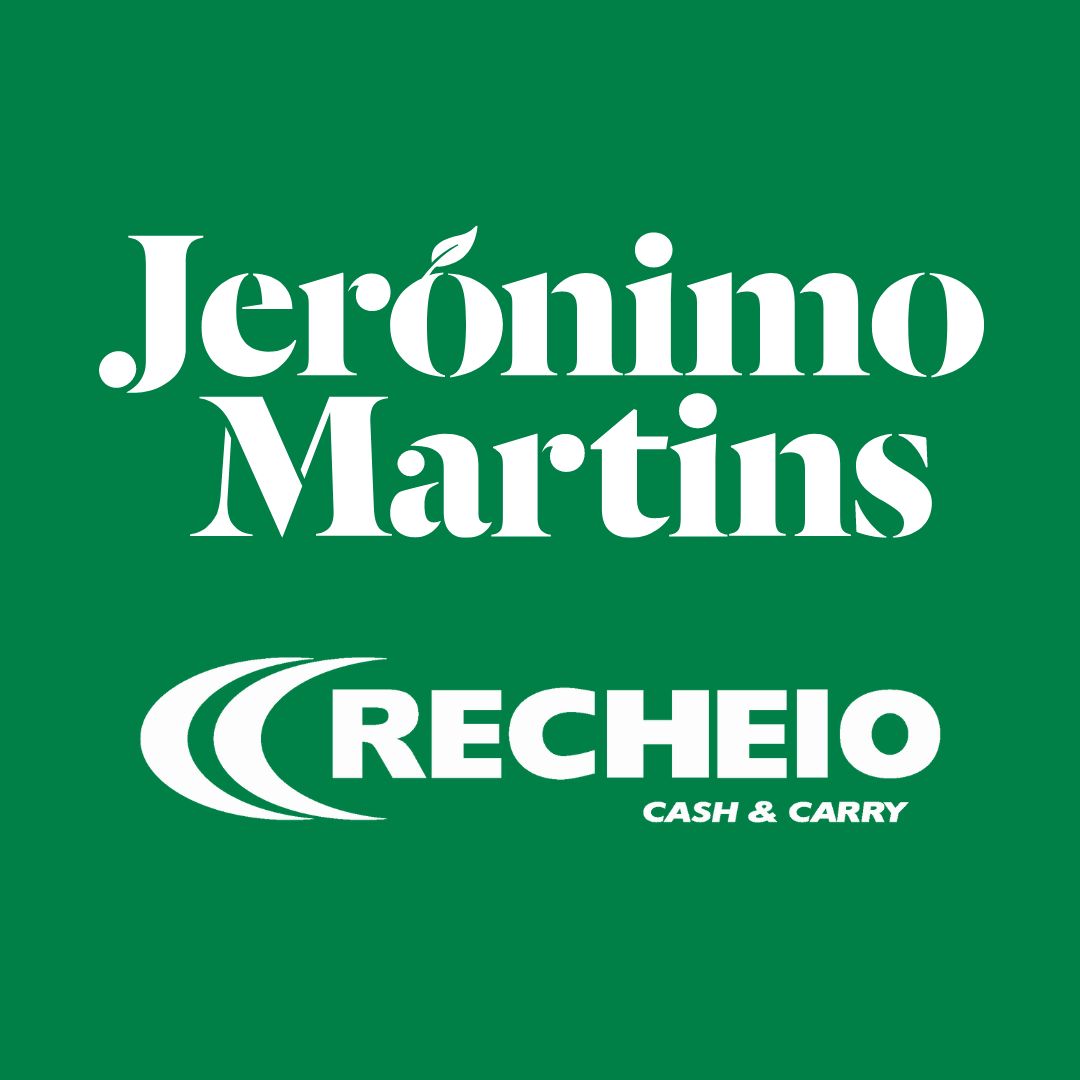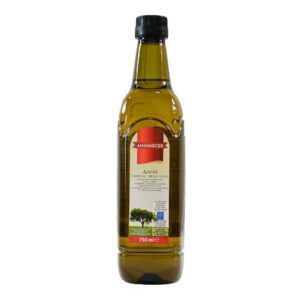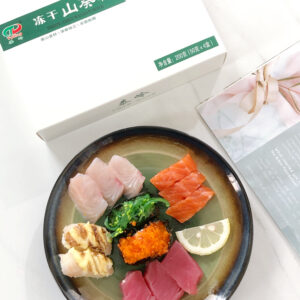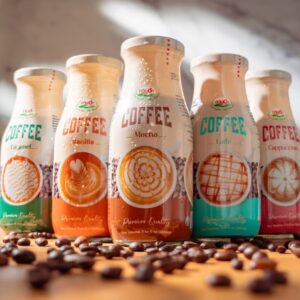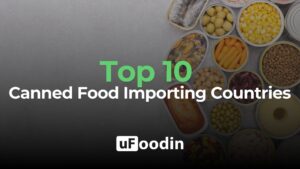The Kids Food Market
The Children’s food and beverage market has experienced a revolution reinforced by the Covid19 crisis. In the 2010’s, most of the children’s food marketed on TV, advertisements and supermarkets were in fact of poor nutritional quality (high sugar rate, preservatives etc.).
With the environmental and health concerns increasing these past few years and the crisis, consumers are more and more claiming for nutritional and healthy foods, especially when it comes to their children.
An overview about the children’s food market shares and sales
The global annual revenue of this industry in 2021 is around $259.731m and the first consuming region is Asia with China at the first position ($75.345m) followed by India and Japan.
The market is forecasted to grow by 7.27% annually until 2026 to reach $368.887m.
The global average volume of baby food per person is expected to be 4.3kg in 2021.
Organic and natural kids’ foods, especially snacks have grown around 14% since 2015.
US Focus :
In the US, weekly household grocery spending in 2020 was around $160.35 with a child while it was around $106.64 without a kid. And in 2020, 75% of the American parents surveyed asserted they didn’t use baby food.
Europe Focus :
In Europe, the market revenue growth of children’s foods was around 3.7%
The biggest exporters in Europe are Irland, the UK, Germany, the Netherlands and France.
The 3 leaders on the global kids’ food market : Nestlé, Johnson & Johnson, Danone
Current Trends about consumer behavior for the children’s food market
With the Covid-19, consumers’ fear of eating artificial and harmful ingredients has increased.
Especially for kids, parents are now looking for “free-from” products such as vegan or organic food*.
Nutritional benefits as the main driver
Children’s food has become a diverse market with many options for the consumers. While before children influenced a lot the purchasing of a product (mainly because of its attractive packaging, a mascot seen on TV etc.), now brands differentiate themselves by claiming health and nutritional claims. (Danone for eg.) The most popular foods are the ones which assert nutrition or immunity boosting such as “added vitamins” or “high irons”.
For this reason, food allergies are a promising sector and R&D fish tank for brands. Parents favorise formulas free from risky ingredients because they make the connection between the food ingested by their kids and their general health.
Transparency on the supply chain
Consumers request the brands more transparency whether it is on the product’s formula or its functionality.
Many parents around the world claim the “farm to fork” movement and brands understood this well. Leaders like Nestlé, Danone or Johnson & Johnson and many others created programs to put the light on the farmers producing the milk, vegetables or other raw ingredients used in the children’s foods.
The product functionality, especially its packaging is a key driver too for the customers. 40% of the parents surveyed internationally admitted they paid attention to choose an eco-friendly packaging before purchasing a product.
Scheme of the “Farm to Fork” strategy initiated with the European Green Deal
Forecasted trends

